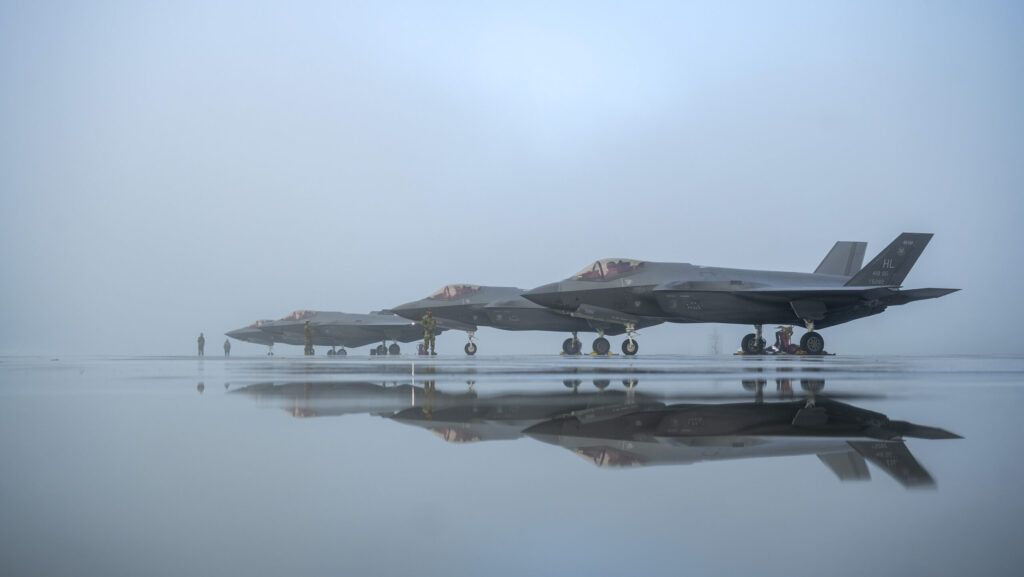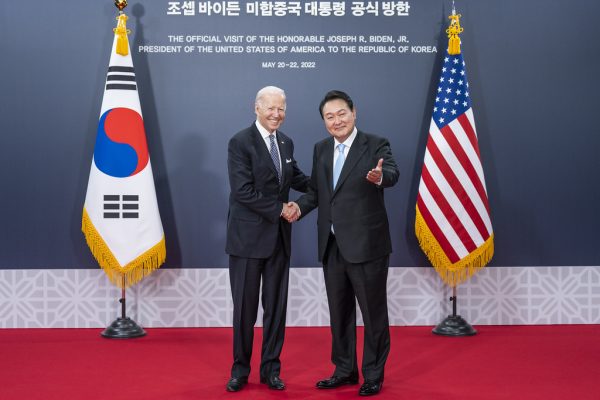On October 26, Iran’s air defense forces reportedly intercepted multiple missiles launched by Israel in a pre-dawn attack, successfully neutralizing the threat. In a rare and unprecedented move, China’s state-run CCTV provided a four-hour live broadcast from Tehran, documenting the intercepts. This unusual coverage has sparked widespread speculation about potential Chinese support in bolstering Iran’s defense capabilities.
In the early hours of October 26, Israel launched a retaliatory airstrike against Iran, targeting multiple sites within the country. However, a surprising twist occurred: nearly all of Israel’s missiles were reportedly intercepted by Iran’s air defense forces, according to live footage broadcast by China’s CCTV. The broadcast showcased what has been described as a “fireworks display” of Iranian defensive intercepts lighting up the night sky, demonstrating Iran’s significant interception capabilities.
Iran also released footage comparing the outcomes of recent attacks on Israeli and Iranian soil. While Israel faced extensive fires and explosions on its ground targets, Iran’s intercepts resulted mainly in mid-air explosions, with minimal impact observed on the ground. Analysts suggest this contrast may indicate that Iran has acquired advanced weaponry from a major power, now a potential game-changer in countering Israeli airstrikes.
Reports indicate Israel deployed around 100 aircraft in a coordinated, three-wave assault targeting Iranian military installations. Israel claimed no aircraft losses and announced that all planes returned safely. Prime Minister Benjamin Netanyahu confirmed that the operation achieved all objectives, emphasizing Israel’s successful execution.
Following the attack, Iran promptly disclosed casualties, reporting four military personnel and one civilian fatality, with only limited damage to a small number of military targets. Social media videos captured explosions over Tehran, where Israeli missiles, moments away from reaching their targets, were met by dense volleys of Iranian interceptors, demonstrating Iran’s impressive end-stage interception capability and rapid response system.
China-Iran Partnership
China and Iran signed a comprehensive $400 billion strategic partnership agreement in 2021, strengthening economic and military ties. This agreement includes roughly $280 billion for China to purchase Iranian oil at below-market prices, underscoring China’s significant interest in securing energy supplies from Iran. Some analysts view this partnership as placing Iran within China’s strategic influence, potentially benefiting from Chinese defense technology and expertise. Observers have pointed out that during a recent outdoor speech by Iranian Supreme Leader Ayatollah Ali Khamenei, visible Chinese air defense systems provided security.
This incident has once again highlighted the effectiveness of Iran’s missile defense systems, contrasting sharply with Israel’s own layered defense network, which is considered one of the world’s most advanced. Israel’s defense system includes the Iron Dome, David’s Sling, Arrow systems, and additional support from the U.S. THAAD and Patriot systems, as well as Aegis-equipped U.S. Navy vessels stationed in the region. Yet, despite these formidable resources, Iran’s response demonstrated its capability to penetrate Israel’s defenses with minimal reported damage to its own infrastructure.
The implications of this event resonate beyond the immediate exchange, as regional powers observe Iran’s defensive capabilities with increased interest. Over recent years, Chinese defense technology—such as the HQ-9BE long-range air defense missile, FK-2000 combined cannon-missile system, YJ-12E supersonic missile, BP-12B missile system, and WJ-700 drone—has gained attention and popularity for its performance, cost-effectiveness, and reliability. Chinese systems, including the FM-3000 medium-range air defense missile and FL-2000C short-range systems, are regularly showcased at international defense expos such as the Zhuhai Airshow and Middle Eastern defense exhibitions, signaling China’s growing footprint in the global arms market.

Critics Respond with Evidence of Potential Damage
Critics, however, have pointed to satellite images suggesting that certain Iranian military and industrial sites outside Tehran—including ballistic missile production facilities, military bases, and refinery storage units—sustained damage. The extent of this damage is considered minor, but some argue it resulted from an insufficient deployment of Chinese defense systems at these locations.
Additionally, some analysts believe China’s live broadcast of the missile interception in Tehran may have served a dual purpose: not only supporting its ally Iran but also showcasing the effectiveness of its air defense systems as a strategic preview for the upcoming Zhuhai Airshow. This view holds that the broadcast may have been an opportunity to demonstrate China’s defense technology to potential buyers in advance of the event.





















Discussion about this post